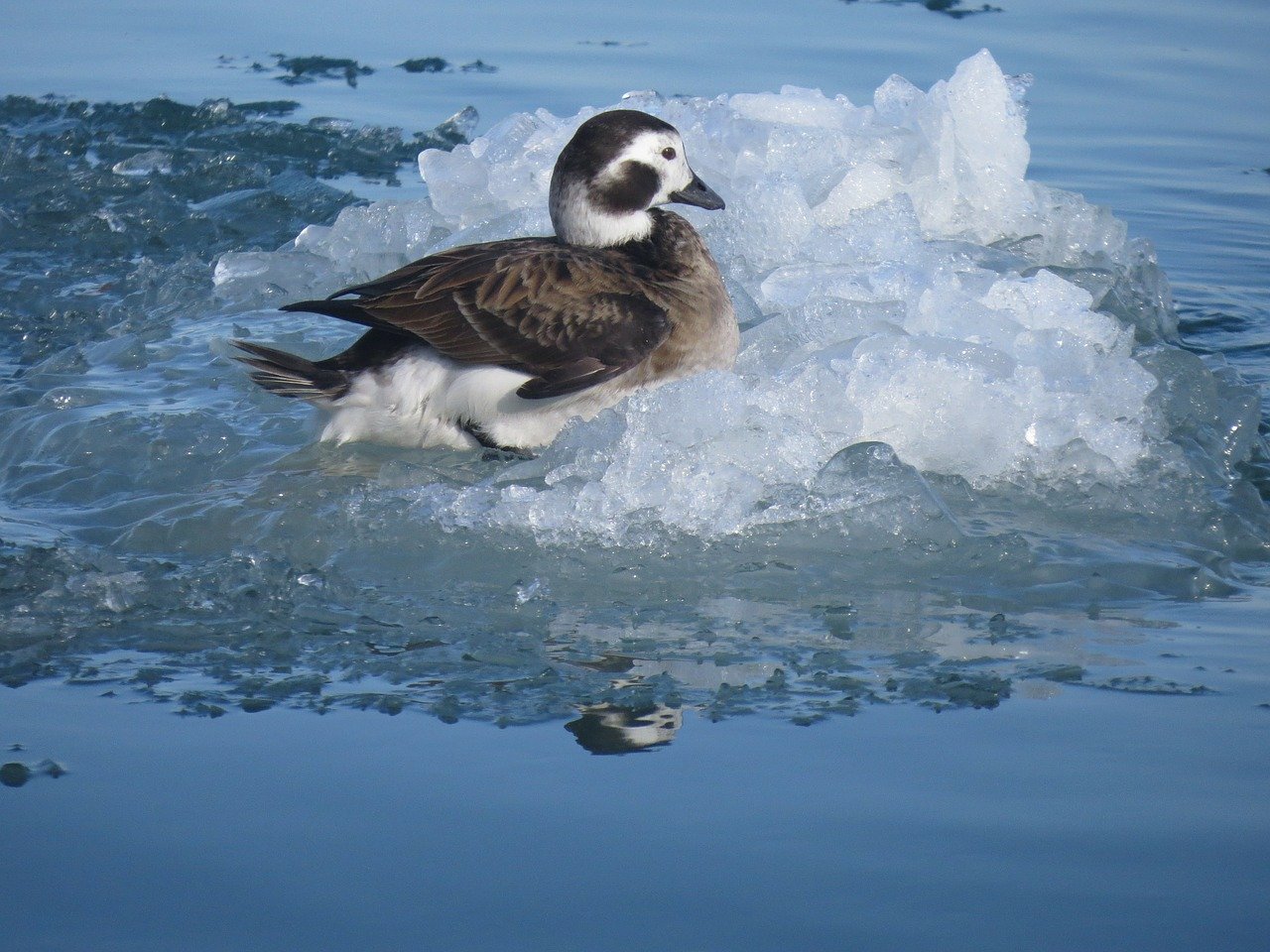Effects of oil spills on wintering Long-tailed Ducks Clangula hyemalis at Hoburgs bank in central Baltic Sea between 1996/97 and 2003/04
DOI:
https://doi.org/10.34080/os.v15.22740Keywords:
anthropological effects, threats, fishing, pollution, mortality rateAbstract
The Baltic Sea is an important marine area for wintering birds. Surveys in the 1990s showed that more than 25% of the European Long-tailed Duck Clangula hyemalis population wintered at Hoburgs bank and east of Gotland. A shipping route with very frequent traffic goes from southwest Baltic Sea via Öland, Hoburgs bank and east of Gotland to the Gulf of Finland. In year 2000 about 58,500 ships passed east of Öland along this route. Hundreds of oils spills are registered along the route each year. Weekly surveys of oiled birds at southern Gotland and analyses of birds that had drown in fish nets showed that tens of thousands of Long-tailed Ducks were injured by oil each year in central Baltic Sea. Of 998 birds that drowned in fish nets at Hoburgs bank 11.8% were found to have oil in the plumage. There was no clear relationship between the number of oiled birds observed and the number of registered oil spills in different years. Many sea duck have a life history in which variable or low productivity is compensated for by relatively high adult survival. This makes sea duck populations very susceptible to extra adult mortality caused by oil spills.
Downloads

Downloads
Published
How to Cite
Issue
Section
License
The copyright of each contribution belongs to the author(s), but all contributions are published under a Creative Commons license, so that anyone is free to share and reuse the contribution as long as the copyright holder is attributed.







